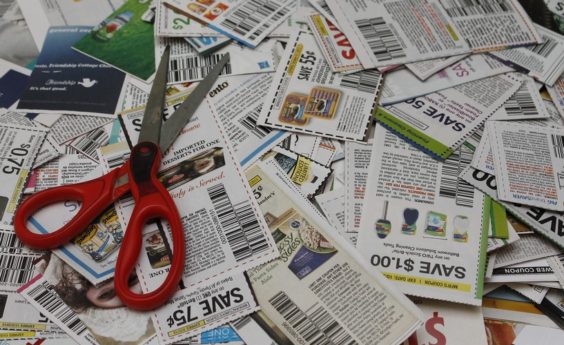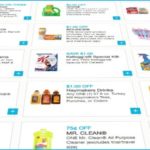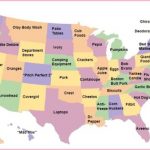
Coupons aren’t worth as much as they used to be. They force you to buy too many items to get the discount, and they expire before you get a chance to use them.
Such complaints about coupons are commonplace these days. They’ve even prompted some people to give up on couponing altogether. So shouldn’t manufacturers respond by boosting coupons’ value, lowering purchase requirements and lengthening expiration dates?
On the contrary. It appears these less-impressive coupons are working, better than ever before.
That conclusion comes via new research, revealed at this week’s Association of Coupon Professionals annual Industry Coupon Conference. SmartSource owner News America Marketing and market research company GfK presented their findings, based on thousands of consumer transactions, and concluded that coupons today are more effective than ever.
Think back to the beginning of the decade, when the Great Recession hit the country and “Extreme Couponing” hit the airwaves. Groceries started flying off the shelves, as newly-minted couponers realized those little pieces of paper could add up to big savings. And even though many shoppers were getting stockpiles of stuff for little or no money, coupons were still an attractive investment for manufacturers. According to News America and GfK, offering coupons for a product in 2010 resulted in 69% more sales than not offering coupons at all.
But this couponing free-for-all didn’t last long, as stores and manufacturers tightened up their coupon policies. And the days of filling your shopping cart with 62 bottles of mustard, just because you could, came to an end. These days, it’s been well-documented, and it’s been hard not to notice, that coupons are worth less, force you to buy more, and expire sooner. Coupon use is down as a result – yet offering coupons for a product today results in 75% more sales, a higher percentage than during the height of the extreme couponing craze.
“The purchase decisions of American shoppers are more easily swayed by coupons today than ever before,” News America and GfK concluded.
That’s because manufacturers have been trying to calibrate their offers, so they’re attractive to both couponers and their own bottom line. High-value coupons are great for shoppers, but not so great for profits, while low-value coupons with lots of restrictions might never get used at all, which isn’t good for anyone.
So News America and GfK issued a set of recommendations for the “best” kind of coupons.
To get people to try new or existing products, manufacturers are advised, “offer an attractive value and minimize purchase requirements.” And don’t make the coupon redeemable only on a brand-new product. “Make the coupon good on a wide range of items in the brand,” the recommendations read. Feature a prominent image of the new product, “but make it clear that the offer is good across the entire brand.”
These tactics may lure in shoppers who might not otherwise buy a product, but there’s a risk to manufacturers – 2/3 of shoppers who use these coupons tend to buy the new brand again only when it’s on sale or they have a coupon. So once shoppers are reeled in, “require multiple purchases and use a value that doesn’t exceed profit margins.” Multiple purchase requirements may turn off some shoppers, but enough still use “$.50 off 2” or “$1 off 3” coupons that they represent a better return on investment for manufacturers than coupons that require the purchase of only one item.
There’s only so far multiple purchase requirements can go, though. The typical coupon user is willing to buy two or three products, but really doesn’t want to buy more. Coupons with a purchase requirement of three provide the best return on investment.
As for expiration dates, the companies’ research showed that eight weeks is the magic number, producing the strongest return on investment for manufacturers. And coupons with a value from 12-15% of a product’s purchase price had the best return on investment and the greatest percentage of new buyers.
So if manufacturers take all of this advice, don’t look for the recent trend toward lower coupon values, higher purchase requirements and shorter expiration dates to end any time soon. It seems the “best” coupon may be one that requires you to buy three products, expires in eight weeks and gives you just about 15% off full price.
That may not be your definition of the “best” coupon. But if manufacturers find that these are the coupons that provide the best value for them and for their customers – that may be the “best” they’re going to get.
















Pingback: Shoppers “More Easily Swayed By Coupons” Than Ever Before – Jennifers Coupon College